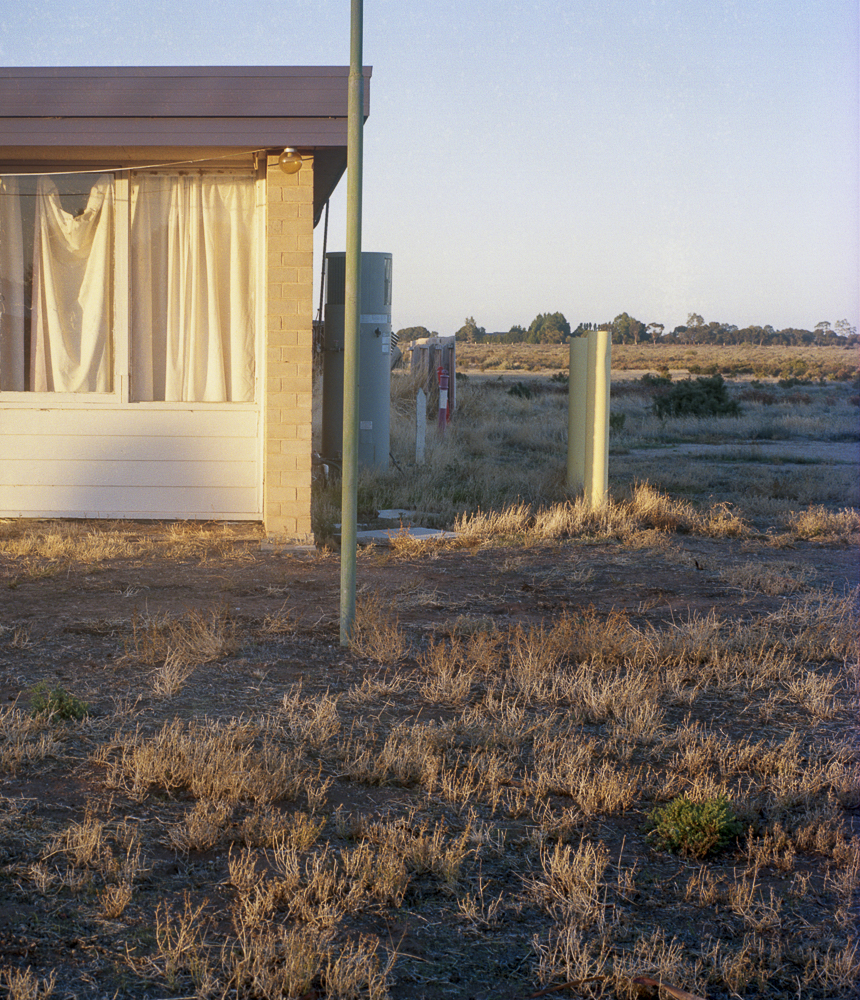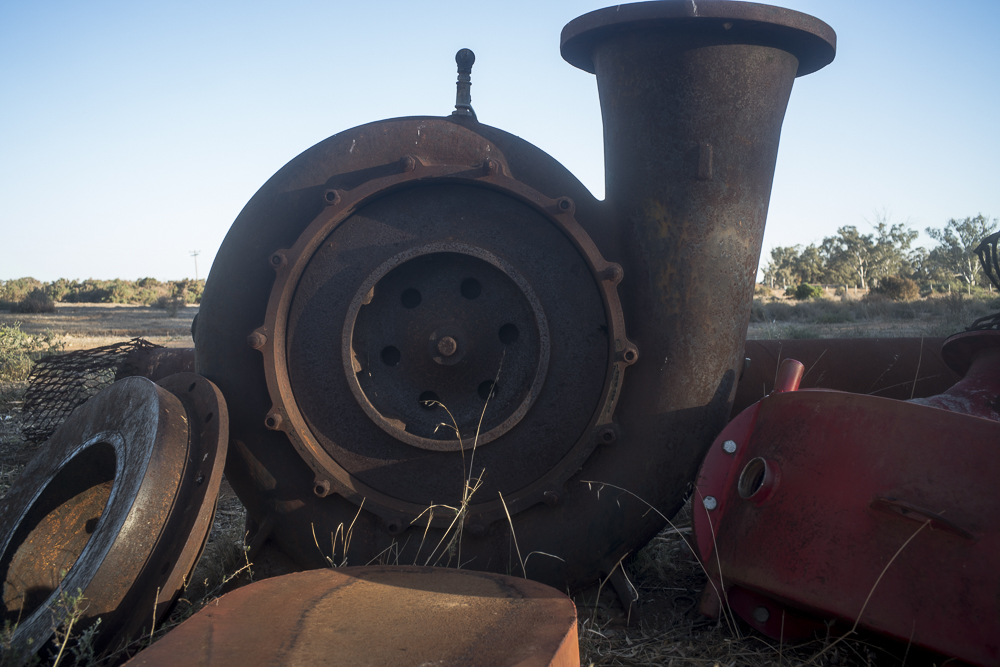I am off to Melbourne to attend the Melbourne Art Book Fair 2019 at the NGV and to see what is happening in the world of Photobooks. I plan to make a detour via the Wimmera Mallee as the weather forecast is for overcast cloud cover and cool conditions around the Horsham region. It is forecasted to be hot and sunny on the return leg to Adelaide, which is not good conditions for my large format photography.
I am using this quick detour to pickup the Mallee Routes project as this has been on the back burner over the long, dry hot summer months in 2018-19. I haven’t made any road trips for the project since spring of 2018, nor have I been on any photo camps since those in 2018 at Lake Boga in Victoria and Balranald in NSW in 2018. I need to reconnect with the project after working on Reconnections: Walking Wellington and the coastal macro photography whilst on the daily poodlewalks.

I plan to travel on the B240 to St Arnaud, camping overnight in the Horsham area–probably staying over night at Lake Marma at Murtoa, then spending the next day moving around the Buloke region—Minyip, Donald, Charlton, Wycheproof, and Birchip in the Loddon Mallee before spending the night at Foletti Park in Donald. There is no specific location or subject matter that I have in mind on this minor detour; it is more reconnecting with the project after a 6 month break and then seeing what eventuates. Hopefully the forecast for cloudy weather holds for the detour to Melbourne.
The six-month break has seen me become more focused on finding ways to photographing the history of Mallee–digging behind the present to what has been. it is now envisaged that the Murray Bridge exhibition in December 2019 will have one gallery (the Jean Symonds Gallery ) of the 3 galleries devoted to photographing the history of the Mallee. This is conceptual in approach, as it will pose the question: how do you photograph the history the Mallee?

This history of a place is what I am currently struggling with. What are the different ways to photograph the history of the Mallee prior to the wheat belt present or the 1970s motels in the regional towns, apart from using old photos from the 1920s in the public archive, such as Trove. I need to do some research on the ways to photograph this history from the perspective of the present.
Update
Whilst on the Wimmera detour to and from Melbourne I realised that my approach to the history of the Mallee is informed by Thomas Struth’s black and white photographs of the streets and buildings of Dussefdorf, New York and European cities in the 1970s from a single-point perspective, even lighting, frontal compositions and sharp-all-over focus, Struth’s photographs of Düsseldorf’s streets and buildings, for instance, is where the old and austere meets the modern and faceless. They are a kind of embedded history of German power and identity, especially that of the National Socialism, and Struth highlighted the desolation of this period through the documentation of its public spaces, which, in the photographs, are devoid of a public. These are images of places, not spaces.
Struth’s approach was to ask: how is history embedded in the architecture of a city? How does a community represent itself in its architecture, truthfully or otherwise? These photographs were made when the streets (in Düsseldorf, Brussels or New York) were empty and they show ensembles of buildings in which there is no dominant focus. Struth refers to them as ‘unconscious places’, in the sense that such sites ‘inscribe their history into the unconscious minds of the people who occupy them’. In these photographs of anonymous and unspectacular city streets Struth explores a layering of historical traces. There is attention to the unseen:–to the traces of history and to the way that we erase or ignore history whilst we look towards the future. These cityscape photos, which show the signs of history that permeate the everyday world, are the opposite of seeing objects sub specie aeternitatis: beholding them as if they had nothing to do with us or our particular points of view.



[…] have been increasingly turning towards the layers of history in my project orientated photography of the present. It is a complex relationship and I have come […]
[…] travel slowly through the Wimmera Mallee region on my way to Wentworth, retracing my steps from an earlier exploration, and probably staying over night at Murtoa or […]